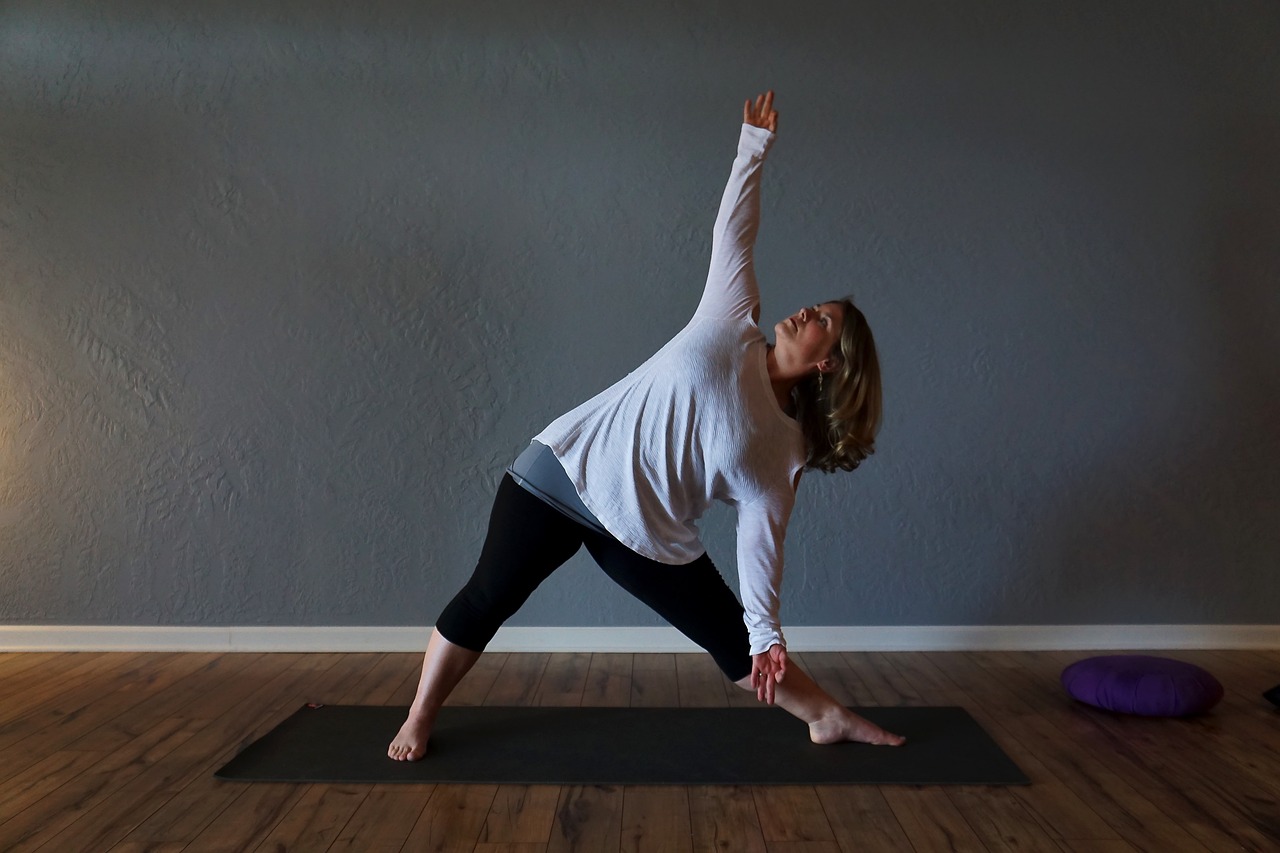19.08.2024
Why should you stretch?

Regular stretching can help muscles stay long and flexible, so that when they are needed, they won’t be under too much pressure and potentially get hurt. Stretching helps the elongation of muscles and keeps them healthy and mobile, as well as promoting joint mobility. Without stretching, muscles can become short and rigid, and when they need to be activated, they may either not execute the required movement or even lead to serious injury.
Some of the benefits of muscle flexibility brought about by stretching include:
- Better physical performance
- Lesser injury risk
- Better blood flow in the muscles and body
- More efficient muscle functioning
- Better joint health and mobility
One should keep in mind that stretching, especially if you aren’t used to it, can have negative consequences if not done correctly. Poorly executed stretching can lead to sprains and ligament injury.
If you plan to begin stretching regularly and include stretching into your routine, try to efficiently and safely execute the movements. Stretching can be performed anytime and anyplace, but correct technique is key for benefiting from it and avoiding injury.
A few tips for safe stretching are:
- Stretching isn’t a warmup, stretching cold muscles can lead to injury. A better idea would be to stretch after a short warmup or after a workout. Some research suggests that stretching can lower physical performance if performed right before an activity.
- Symmetry is important, equal stretching on both sides of the body leads to a healthy balance in the body, while asymmetrical stretching might lead to injury.
- Focus on important muscles, with so many muscles in the body one shouldn’t expect to adequately stretch them all, all the time. A good idea is to focus on larger muscle groups which are often used such as the calves, thighs, hips, lower back and neck. Another good idea is to stretch muscles that were previously used in a workout.
- Tension, not pain. Feeling tension when stretching is to be expected, the stretched position should be held and the tension will, over time, disappear as the muscles become more flexible. Feeling pain isn’t good, it is a signal that you are taking the stretch too far and should return to a position where you don’t feel the pain.
- Don’t bounce, ballistic stretching (bouncing) is a form of stretching for warming up, it uses sudden and quick movements. You should try to stretch slowly and have your movements be controlled if you are a beginner. Ballistic stretching can cause injury.
If you suffer from a chronic disease or have an injury you should pay special attention to your stretching and seek advice from your doctor, physical therapist or other medical professional to better understand the best and safest way to stretch for your specific situation.
*This text is intended for informational purposes only. If you experience any symptoms, it is recommended that you seek advice from your doctor or a qualified healthcare professional.*
*Image taken from the site: https://pixabay.com/photos/people-girl-alone-exercising-2605348/ *
Your trusted partner in finding medical information. We offer access to reliable resources and make it simple for you to get in touch with qualified medical service providers. Our goal is to assist you in achieving optimal health through dependable information and ongoing support, whether it's advice, a physical examination, or expert consultation.